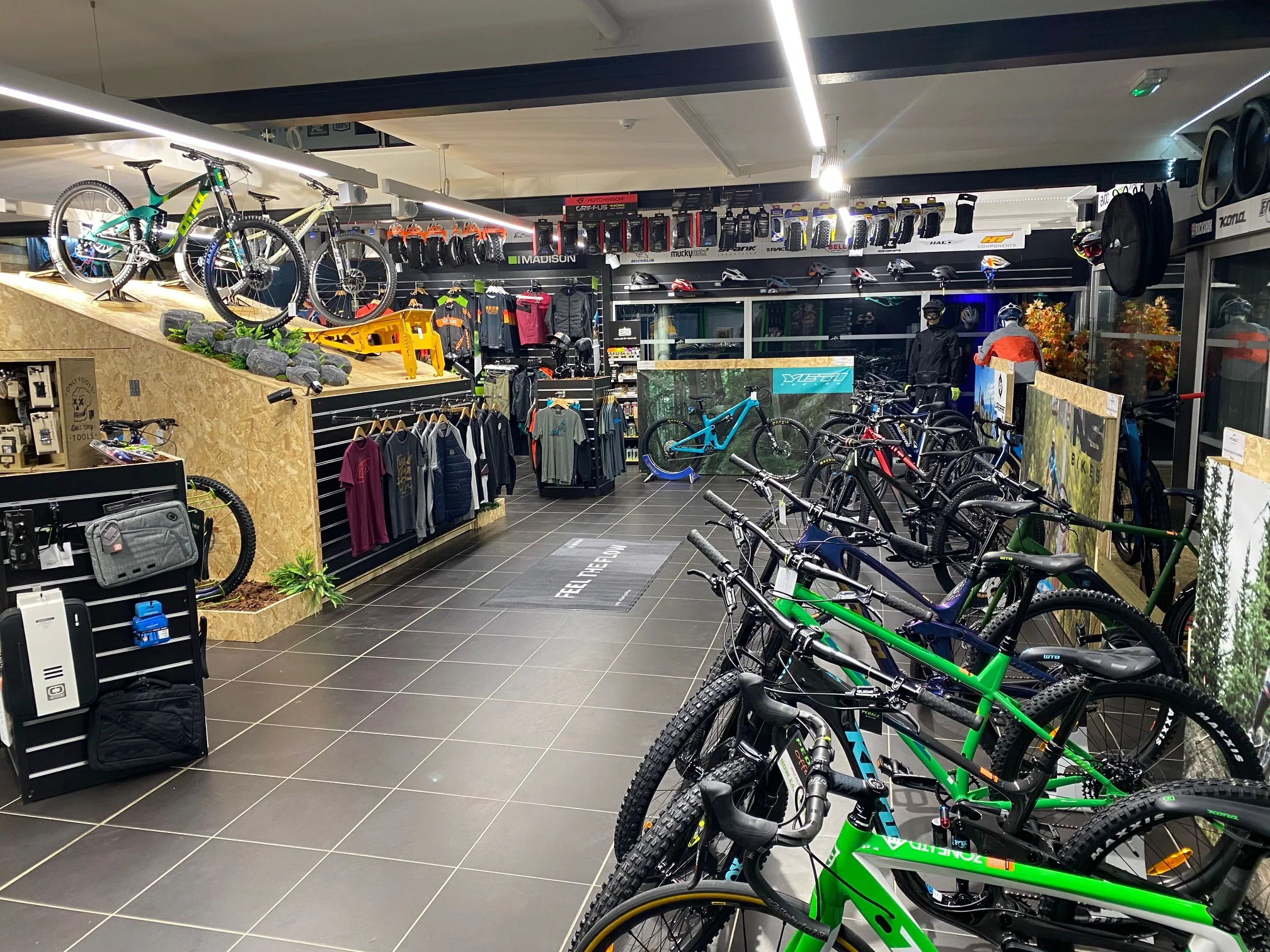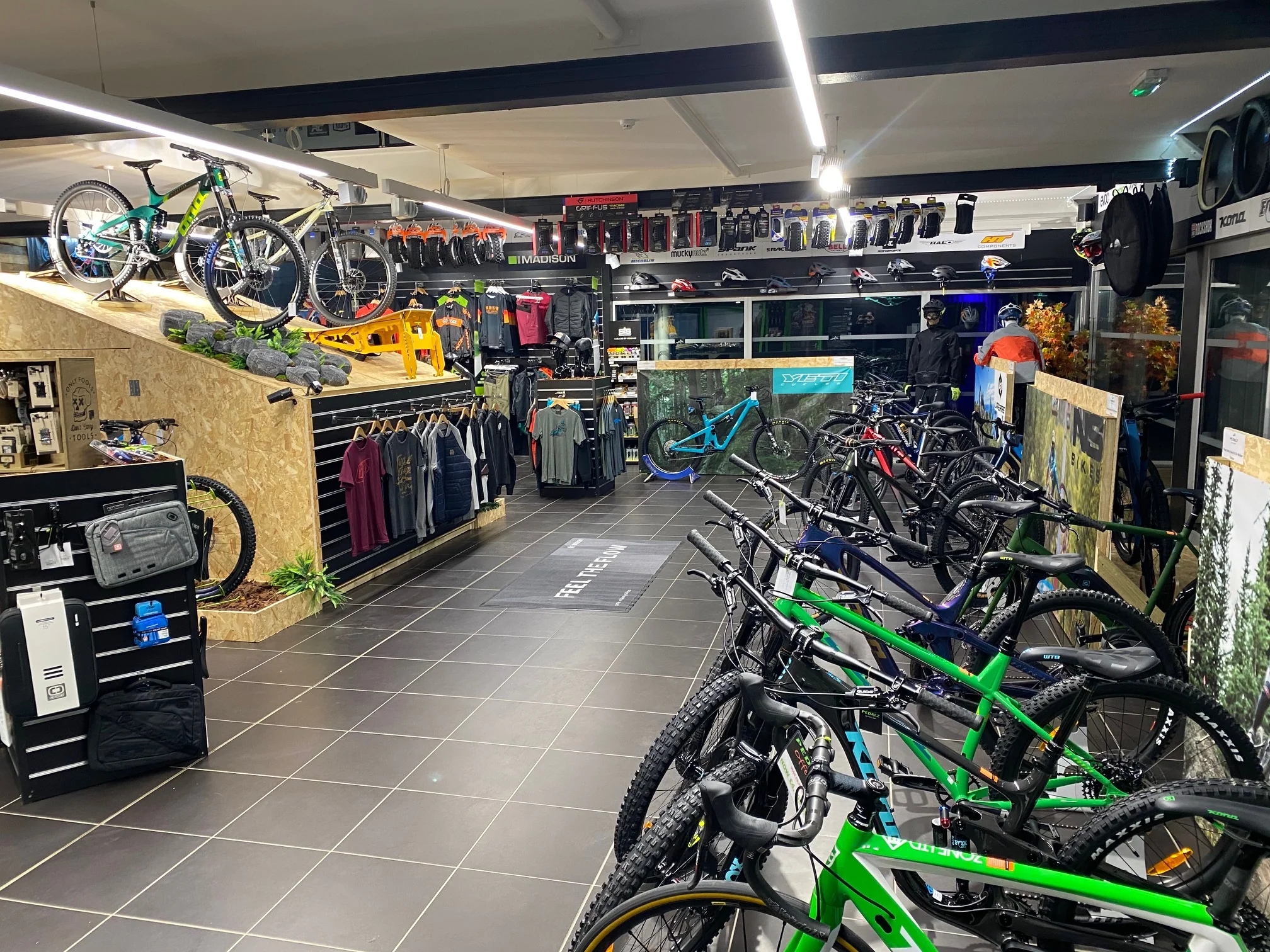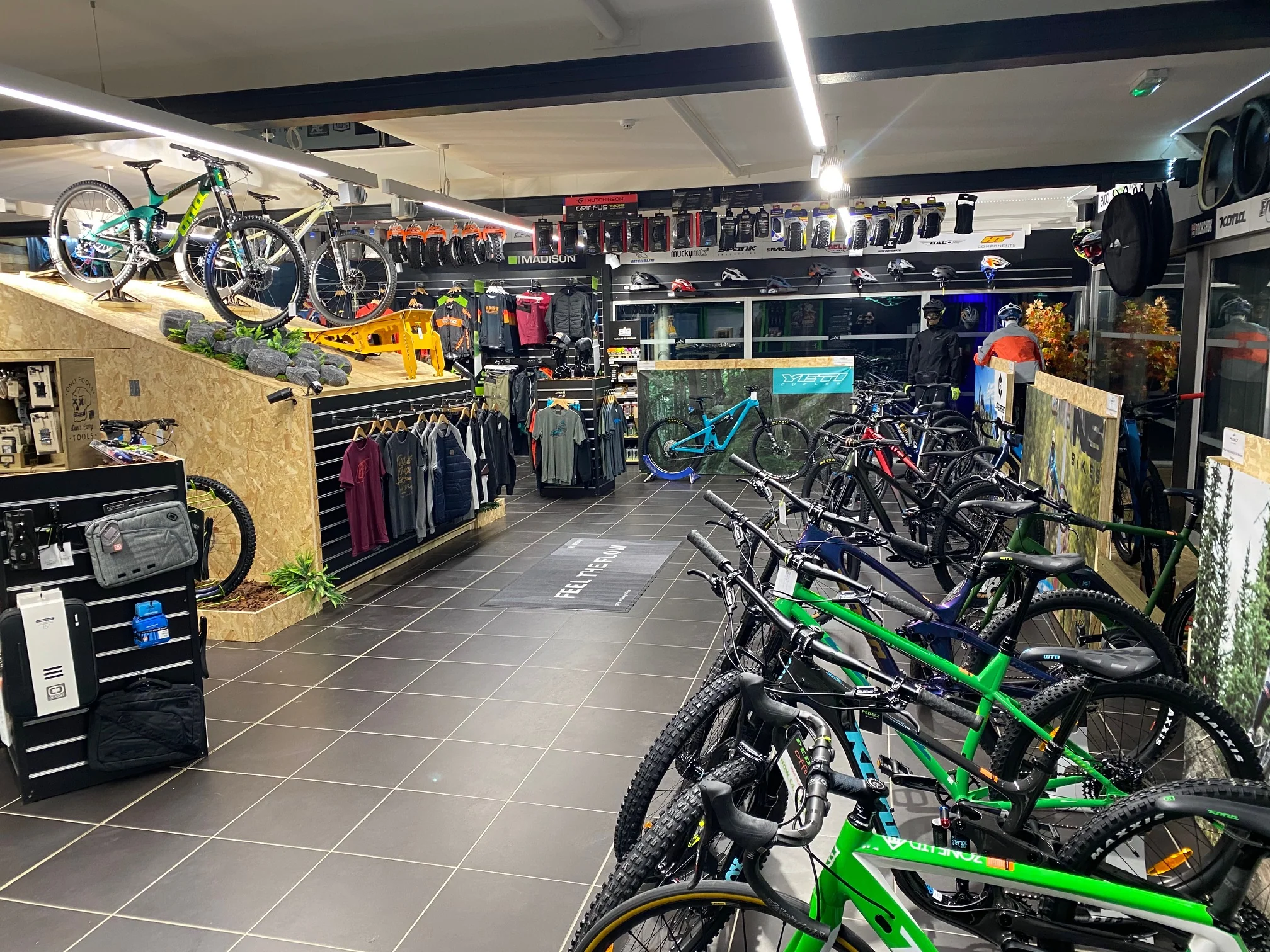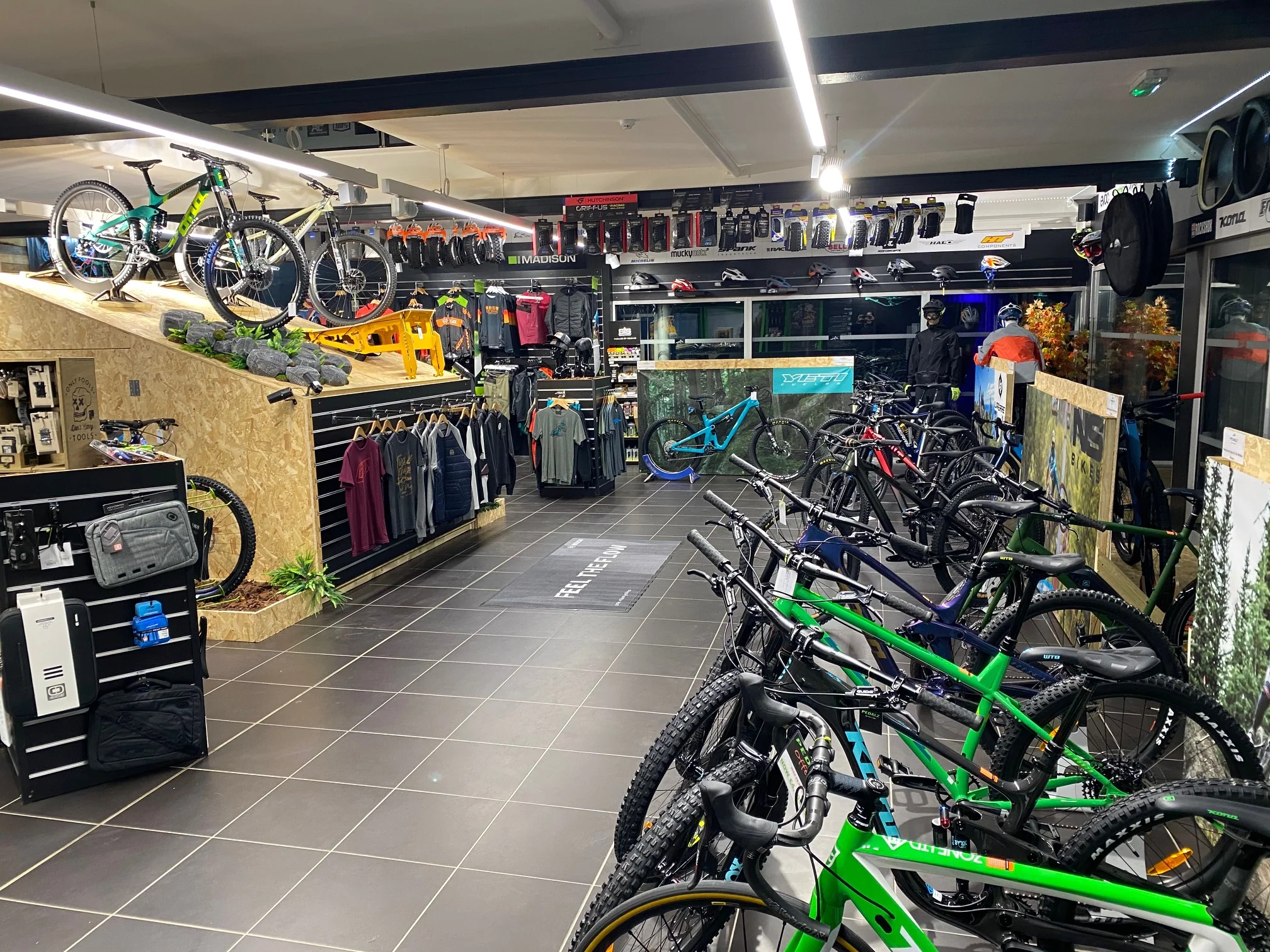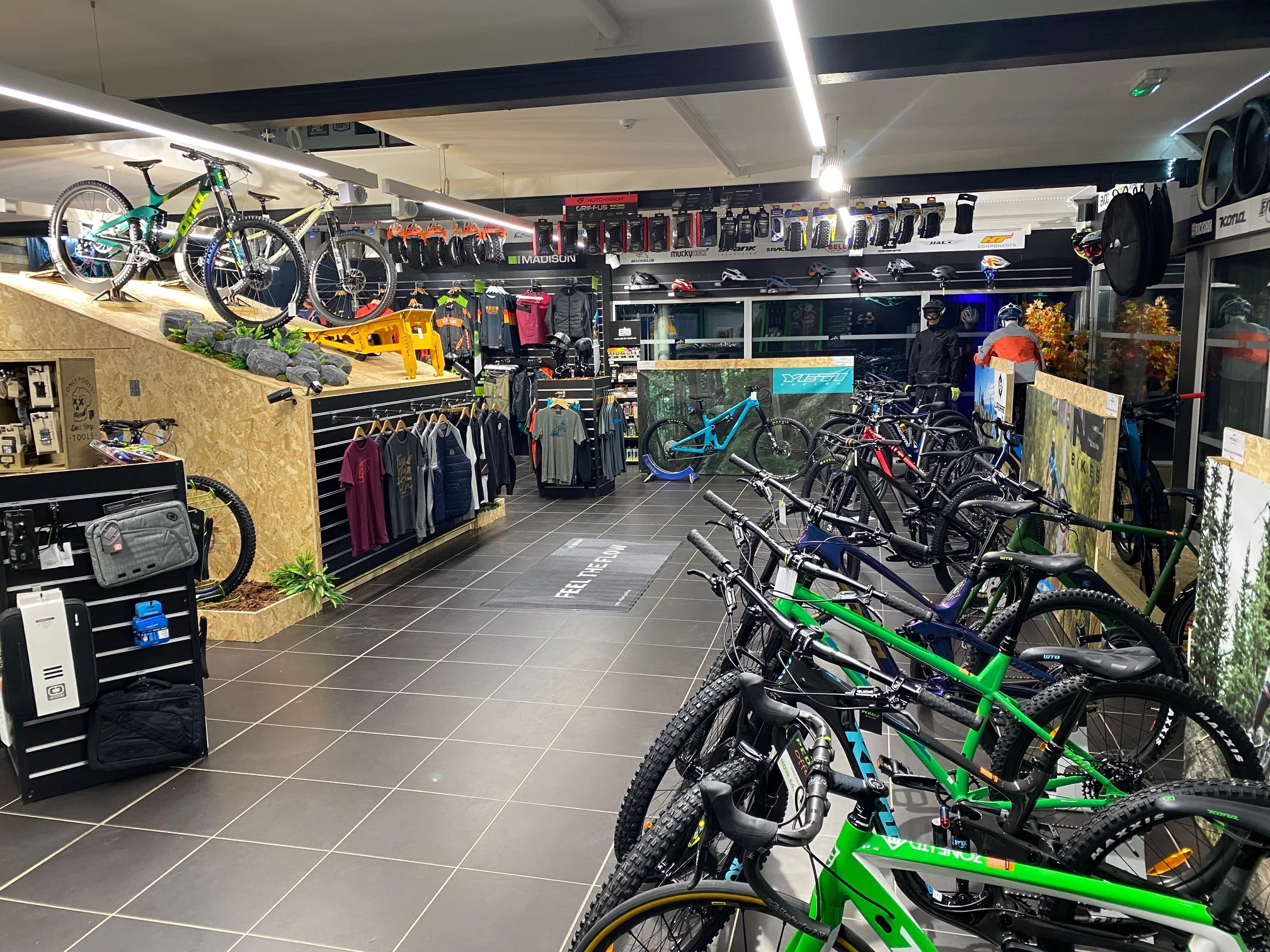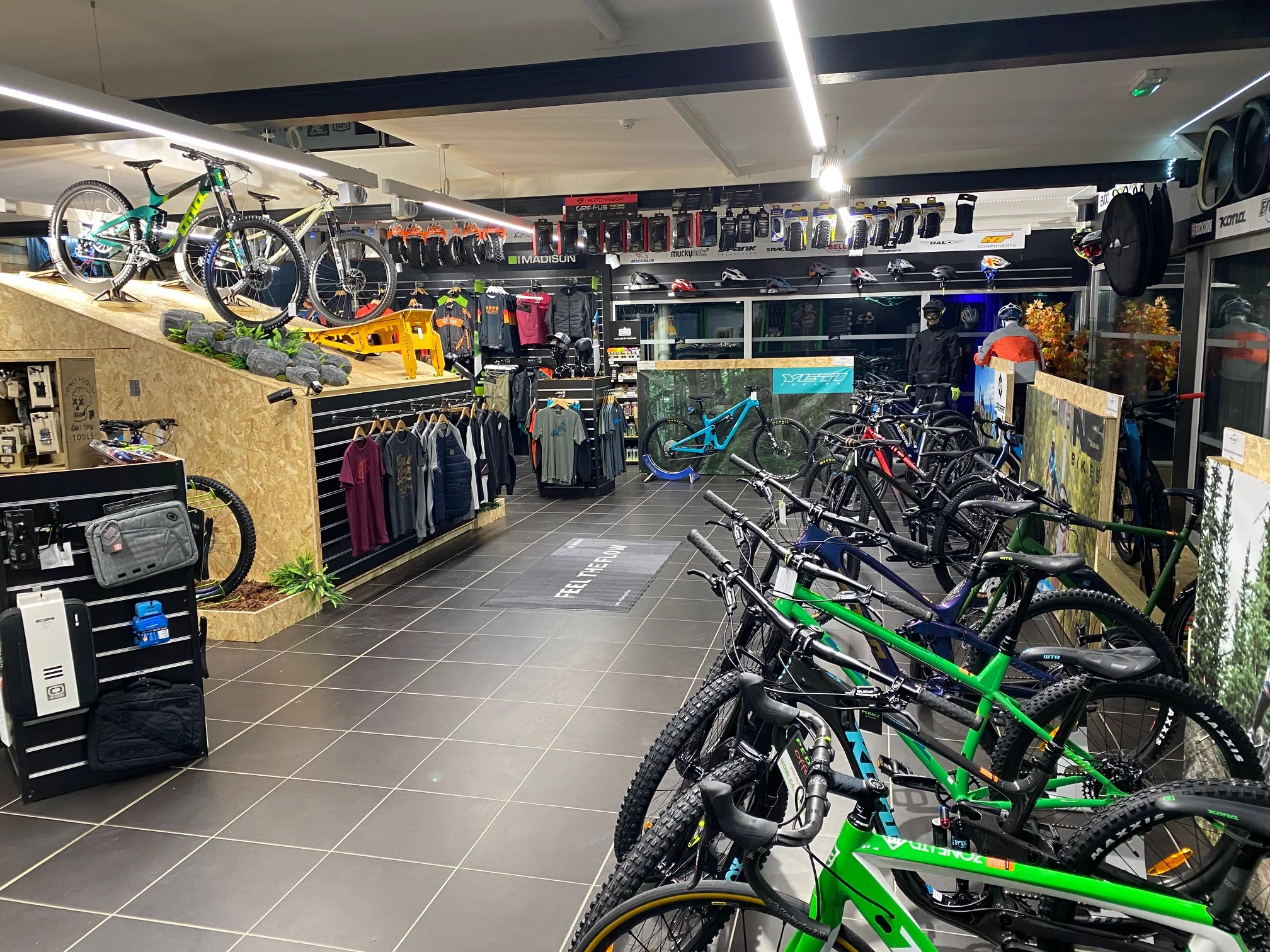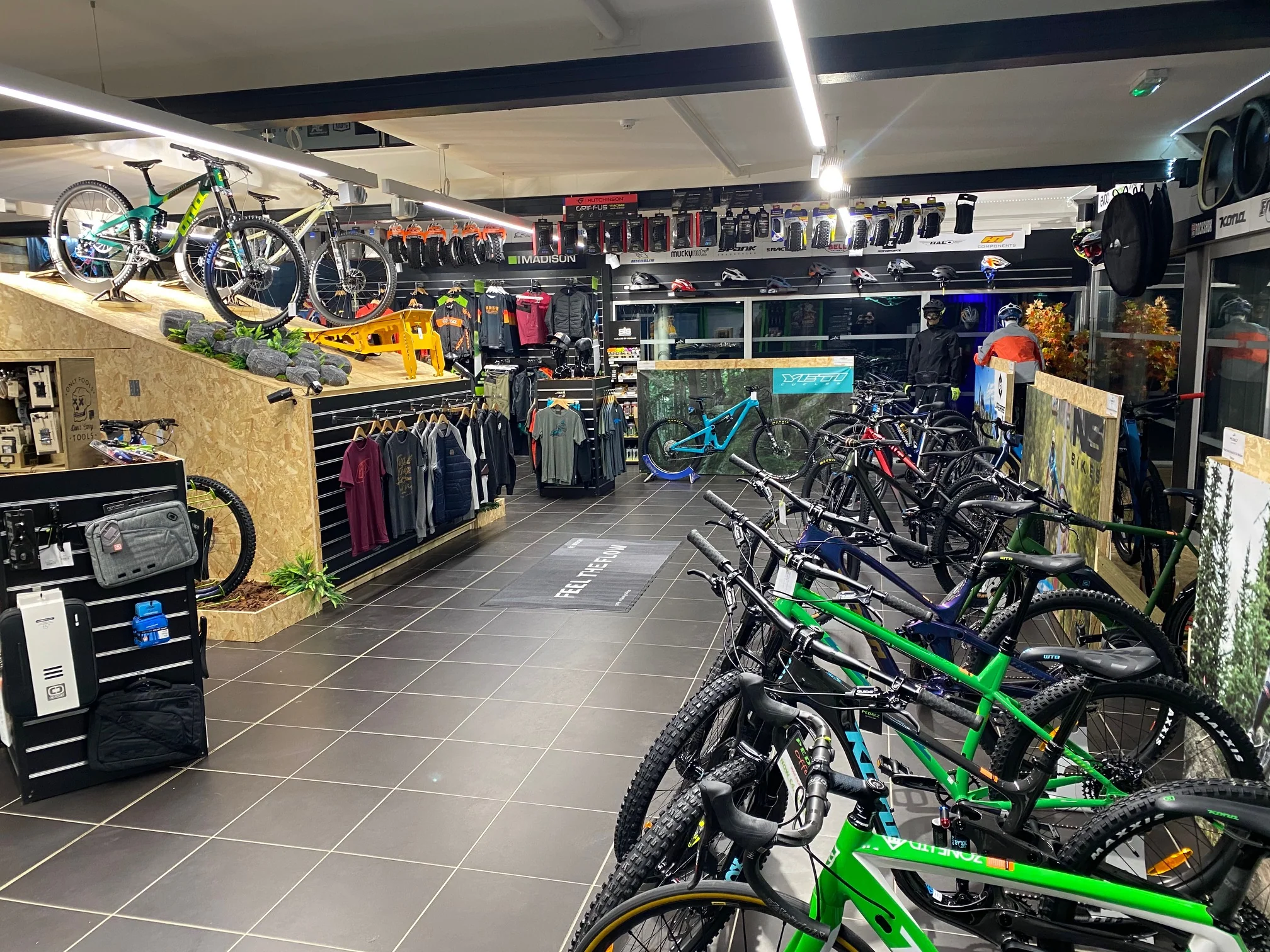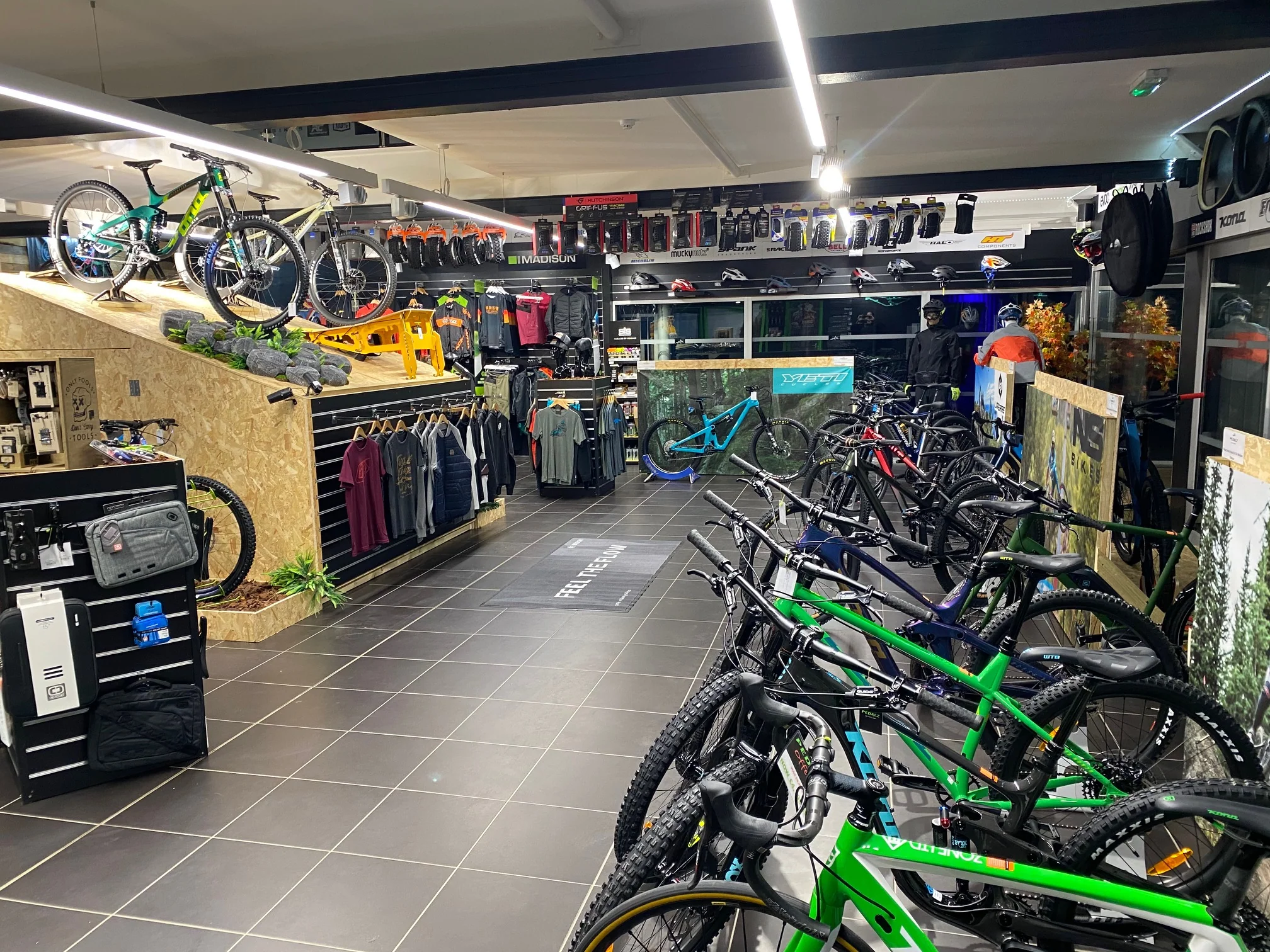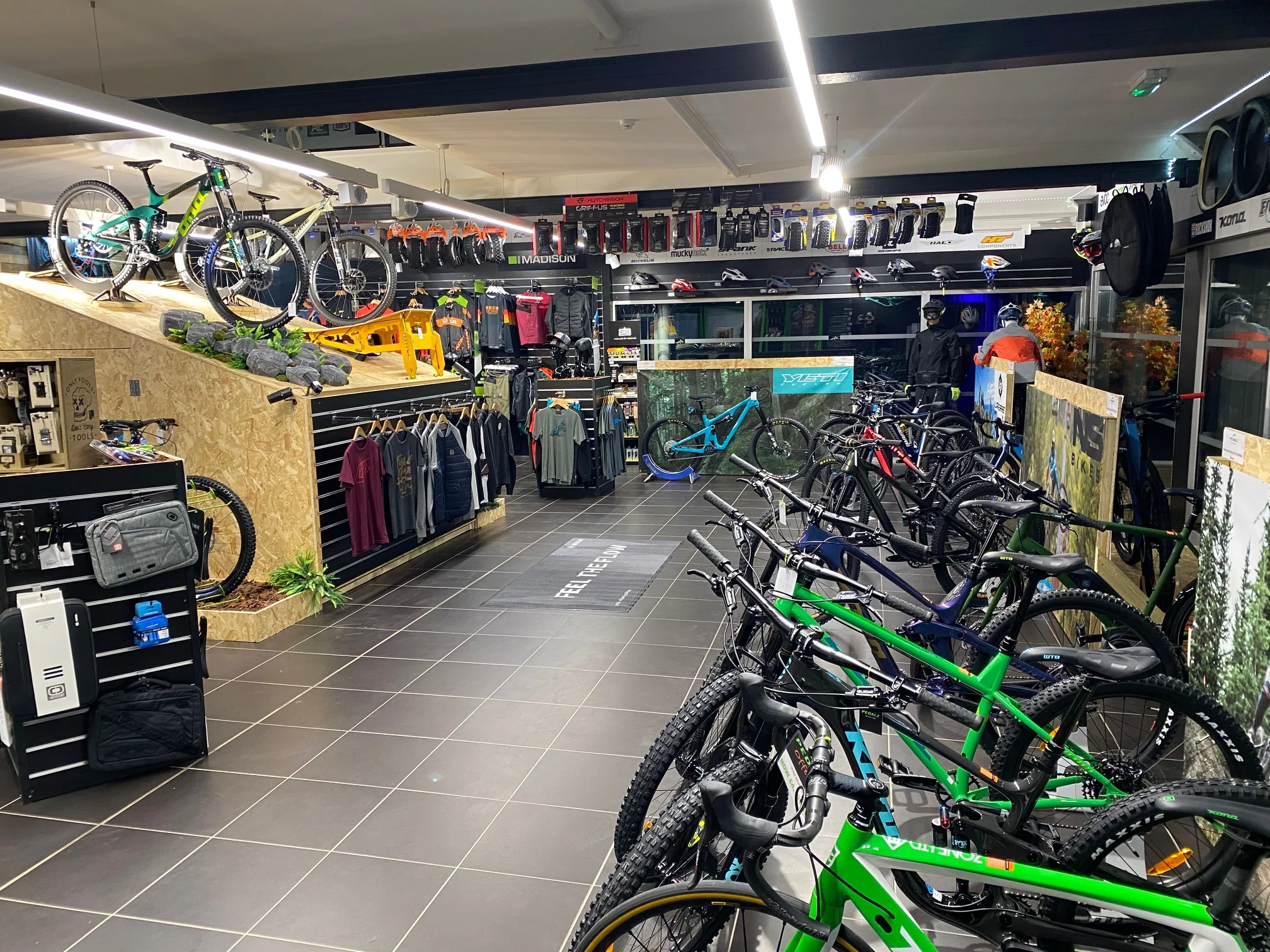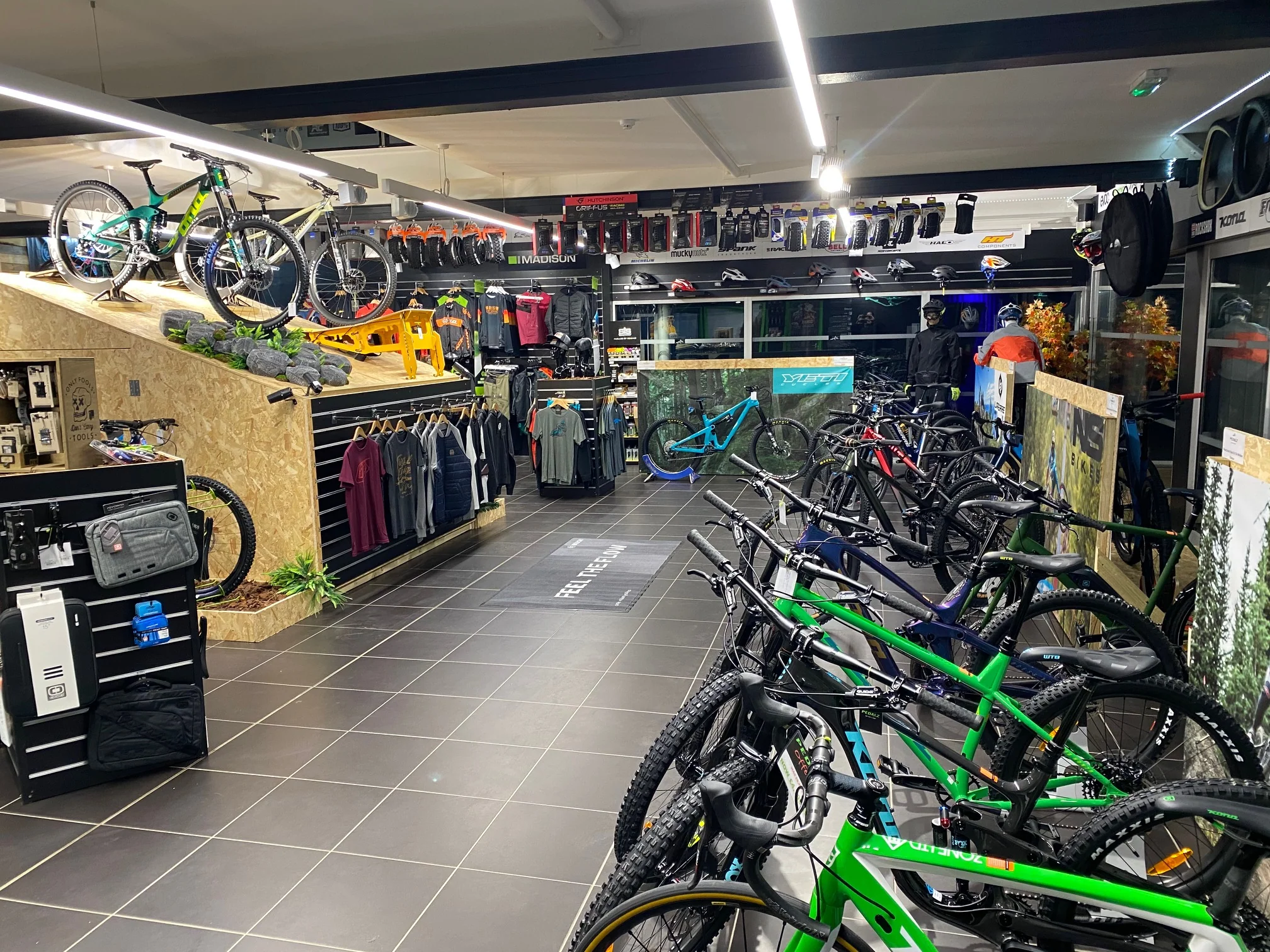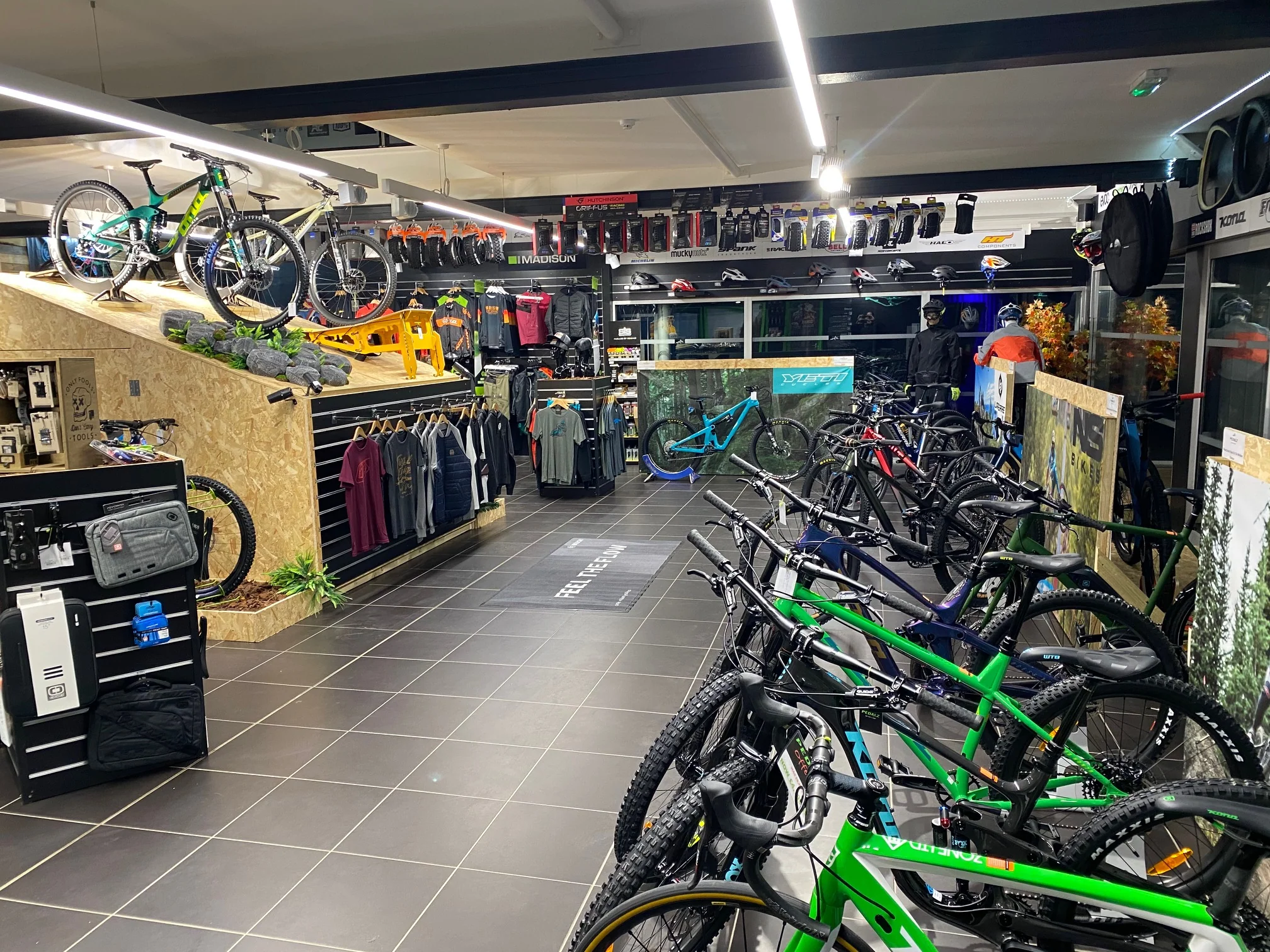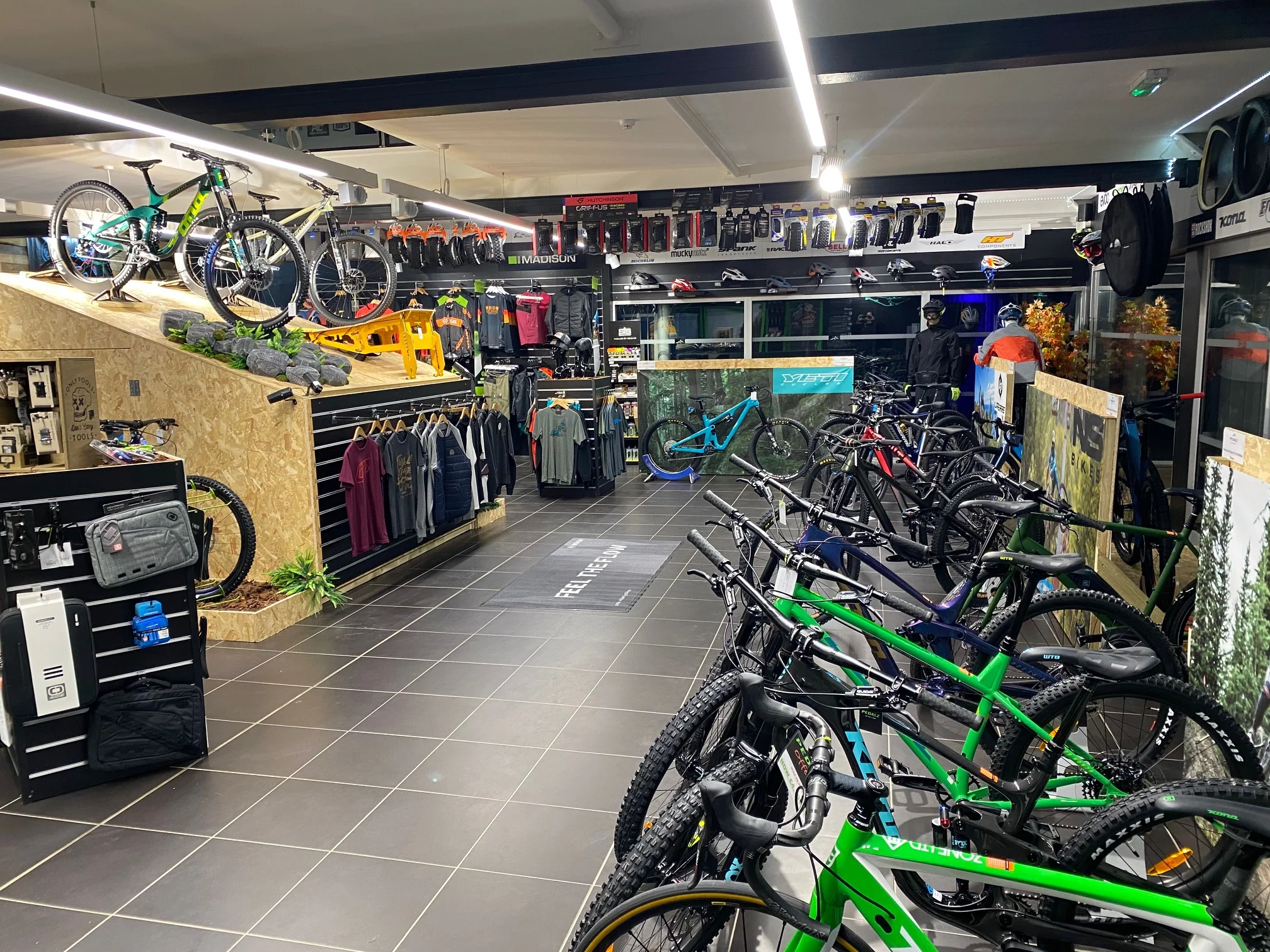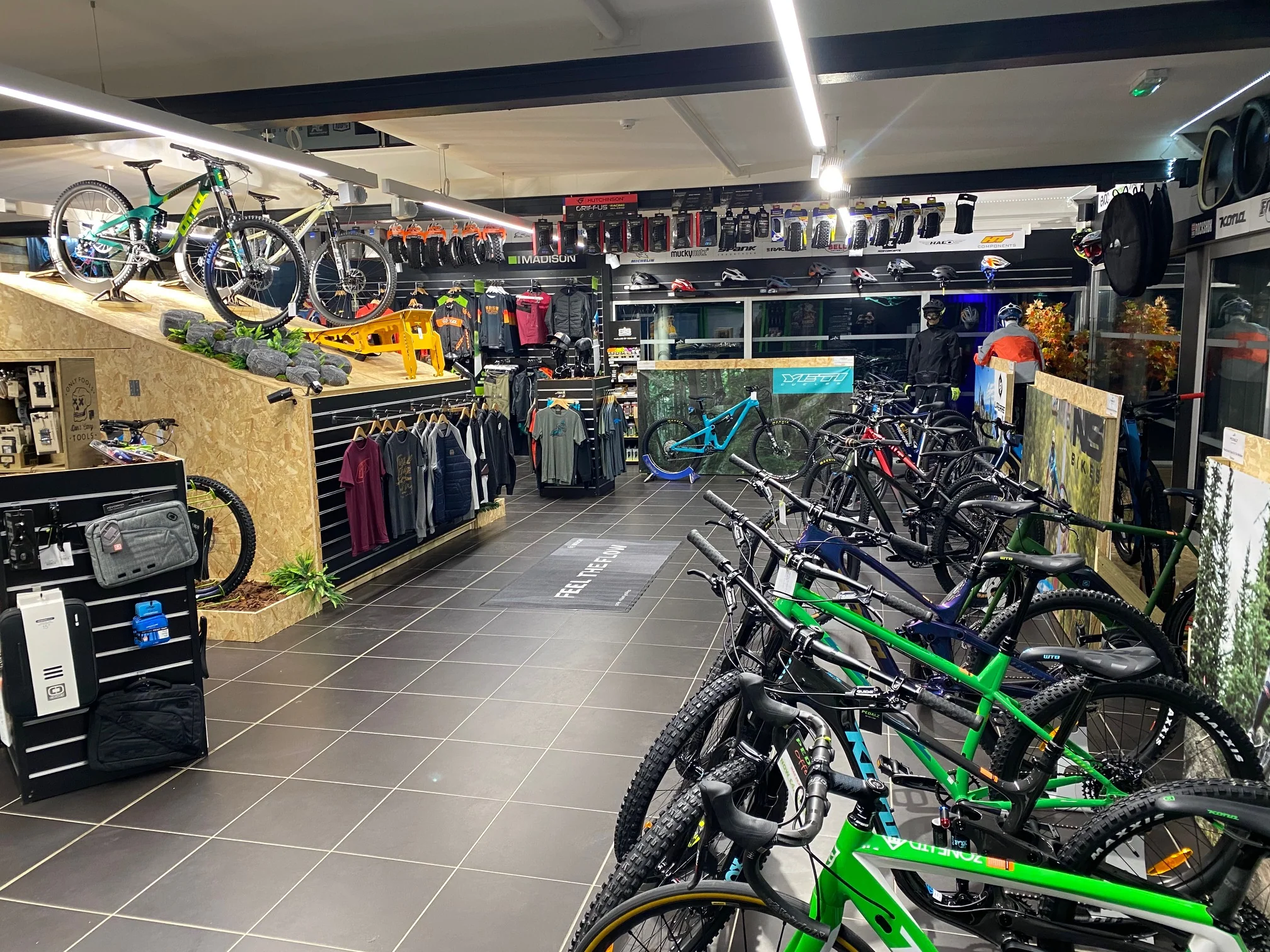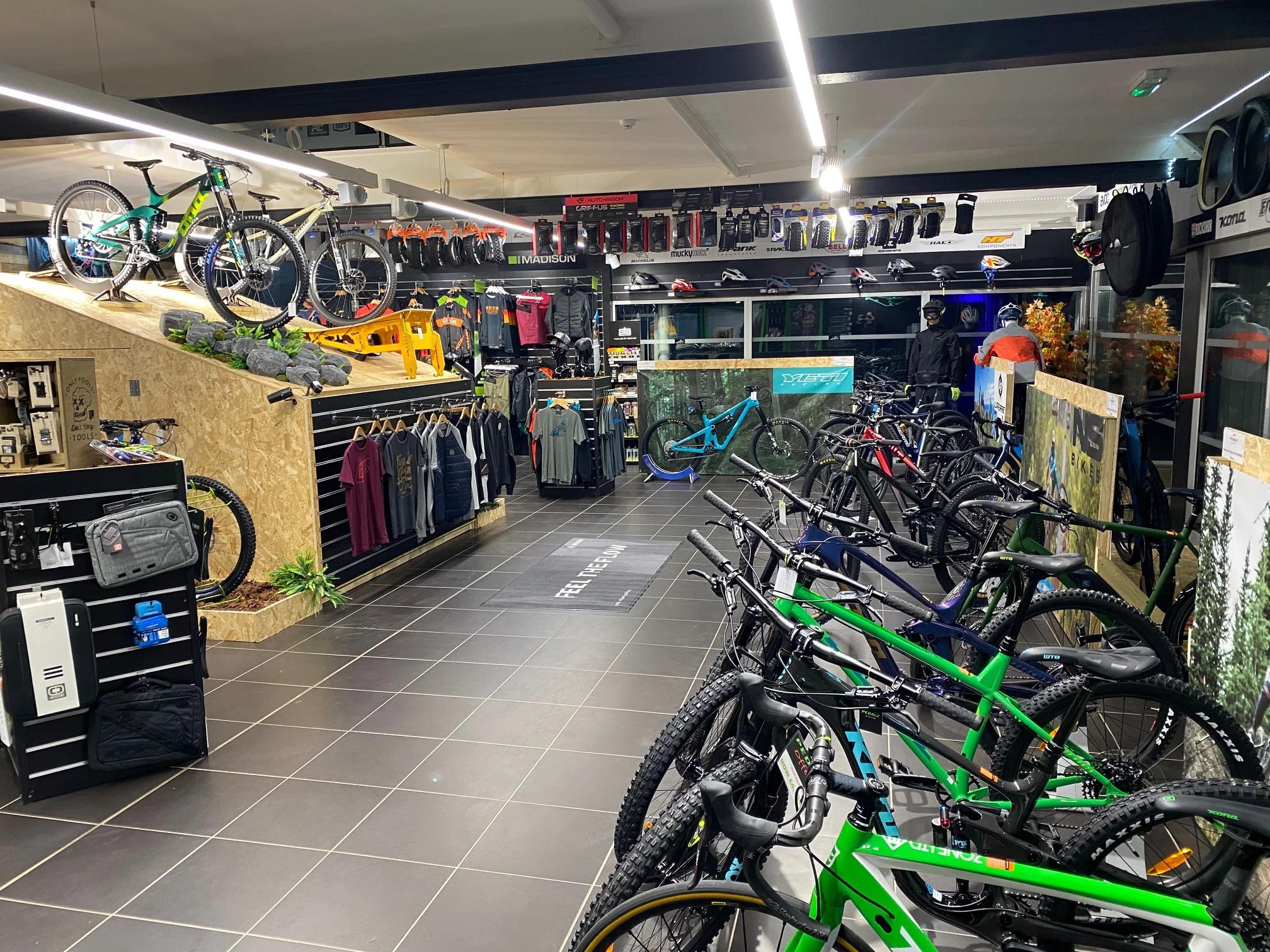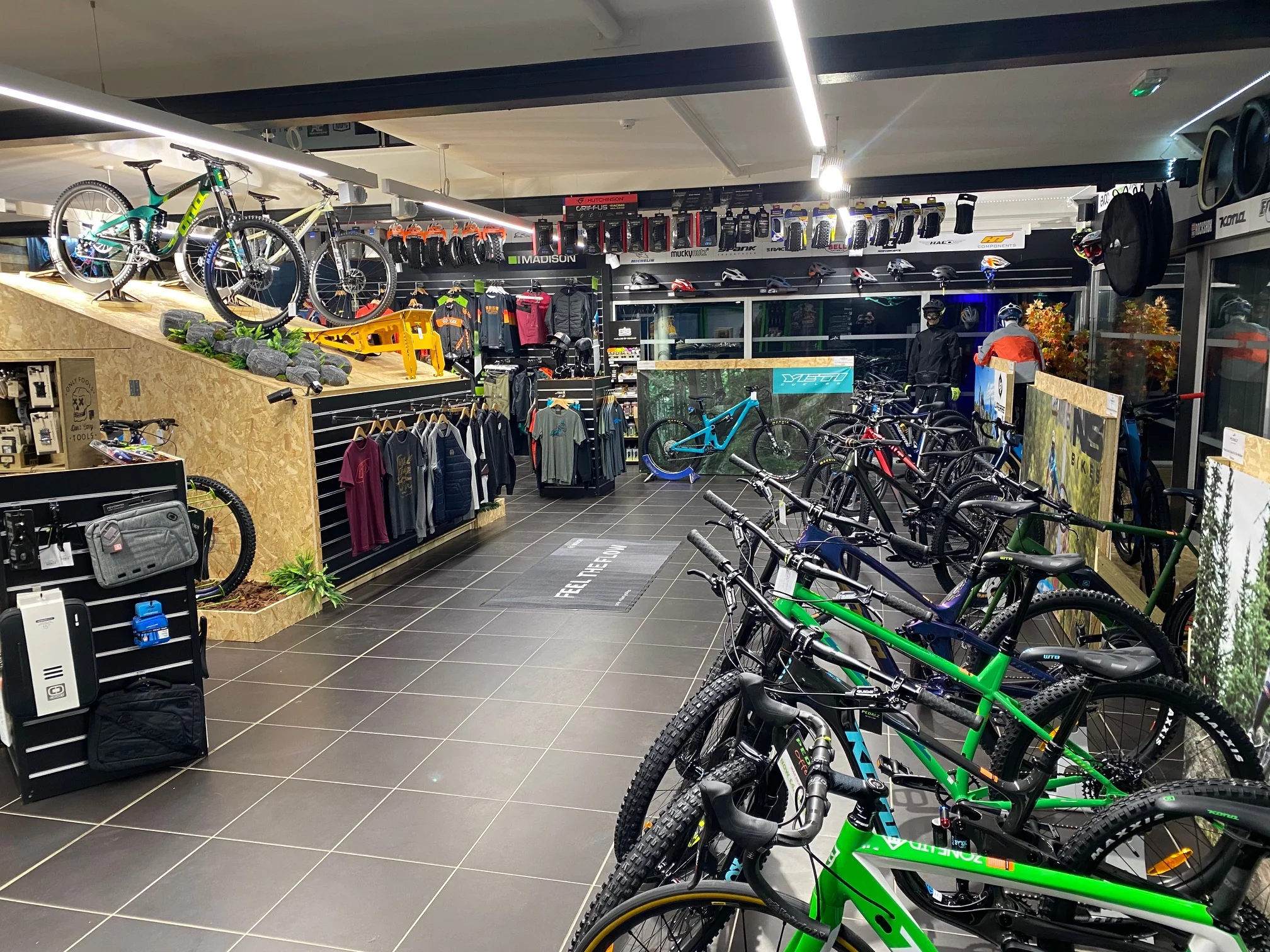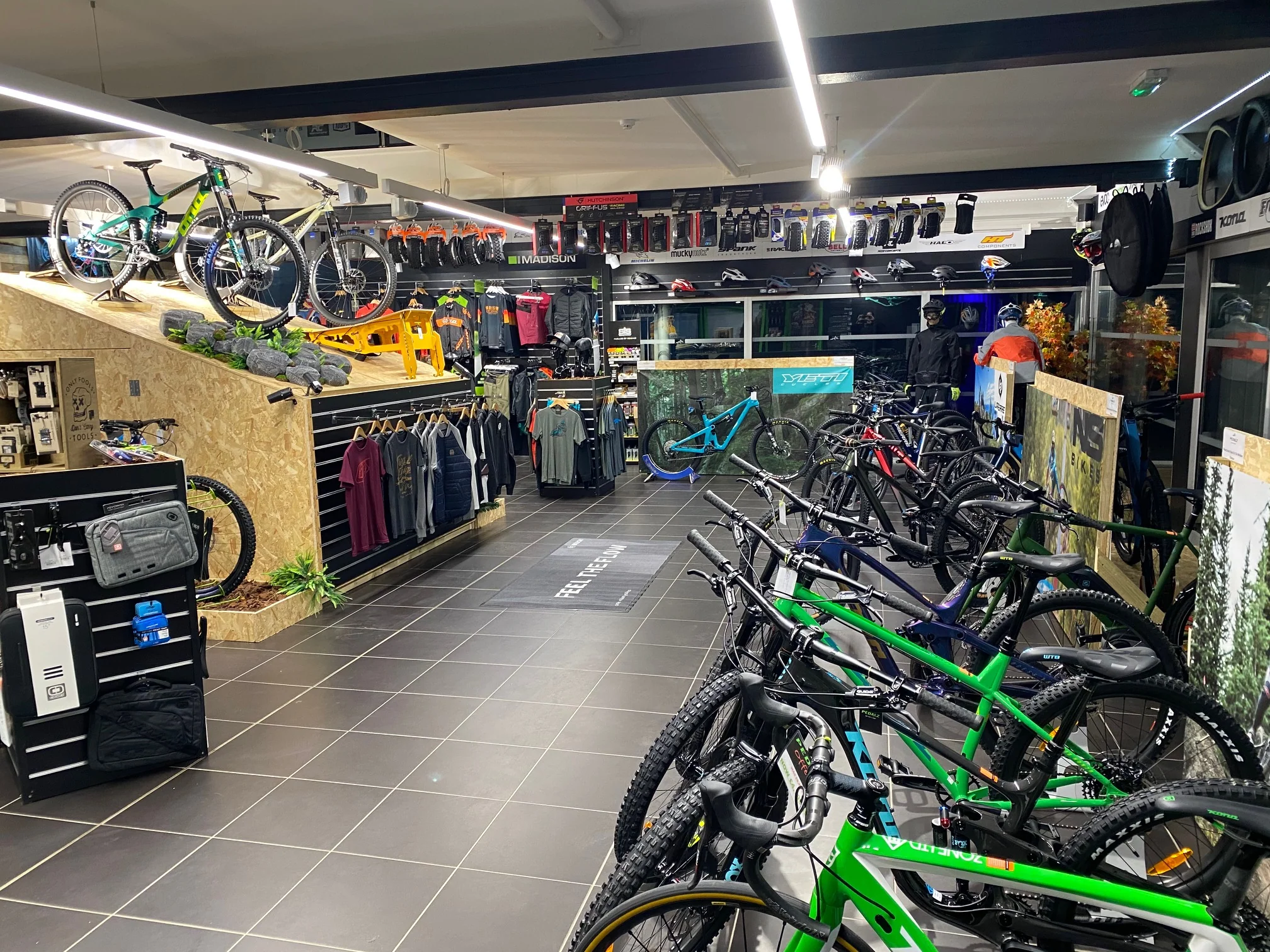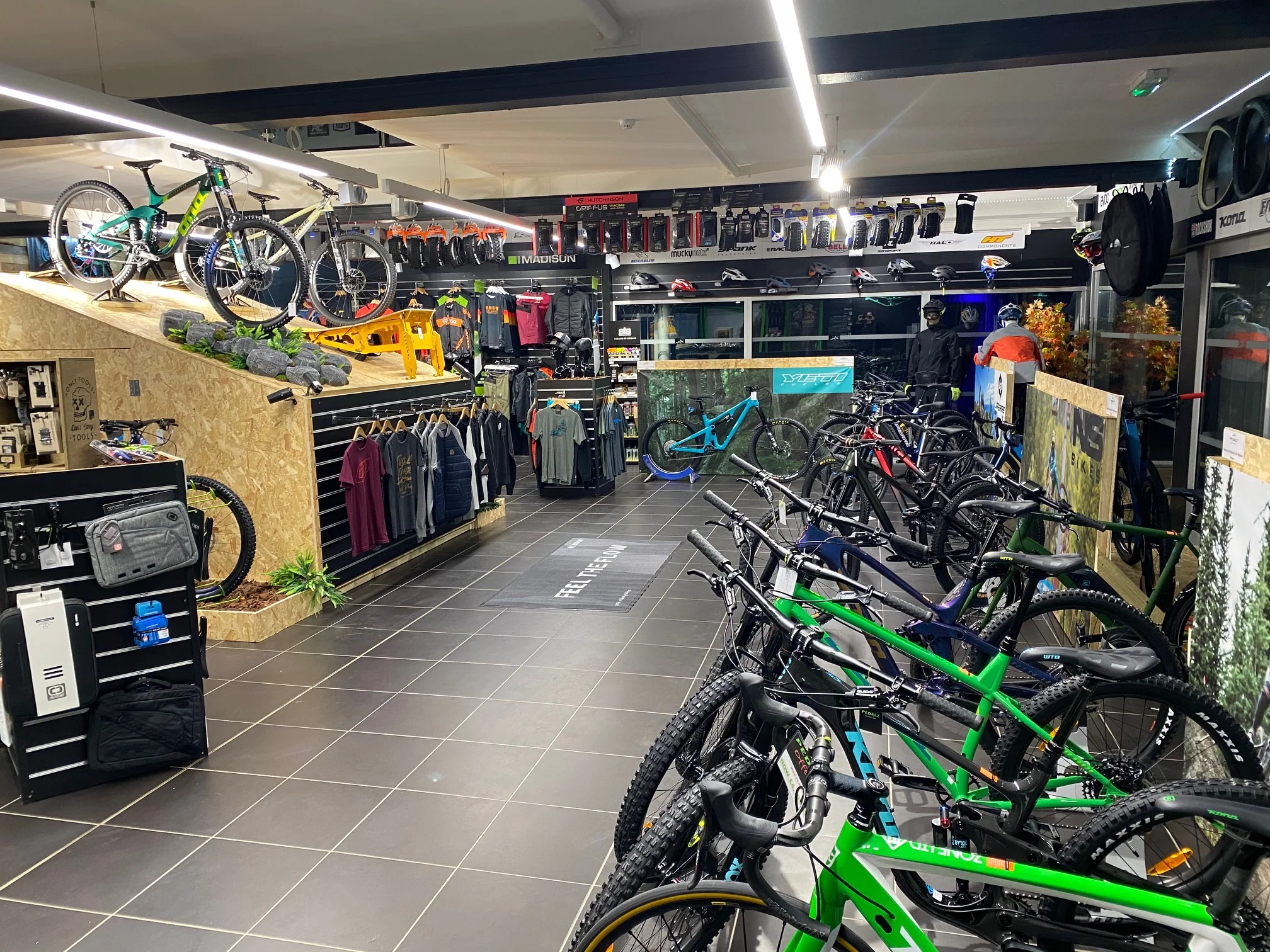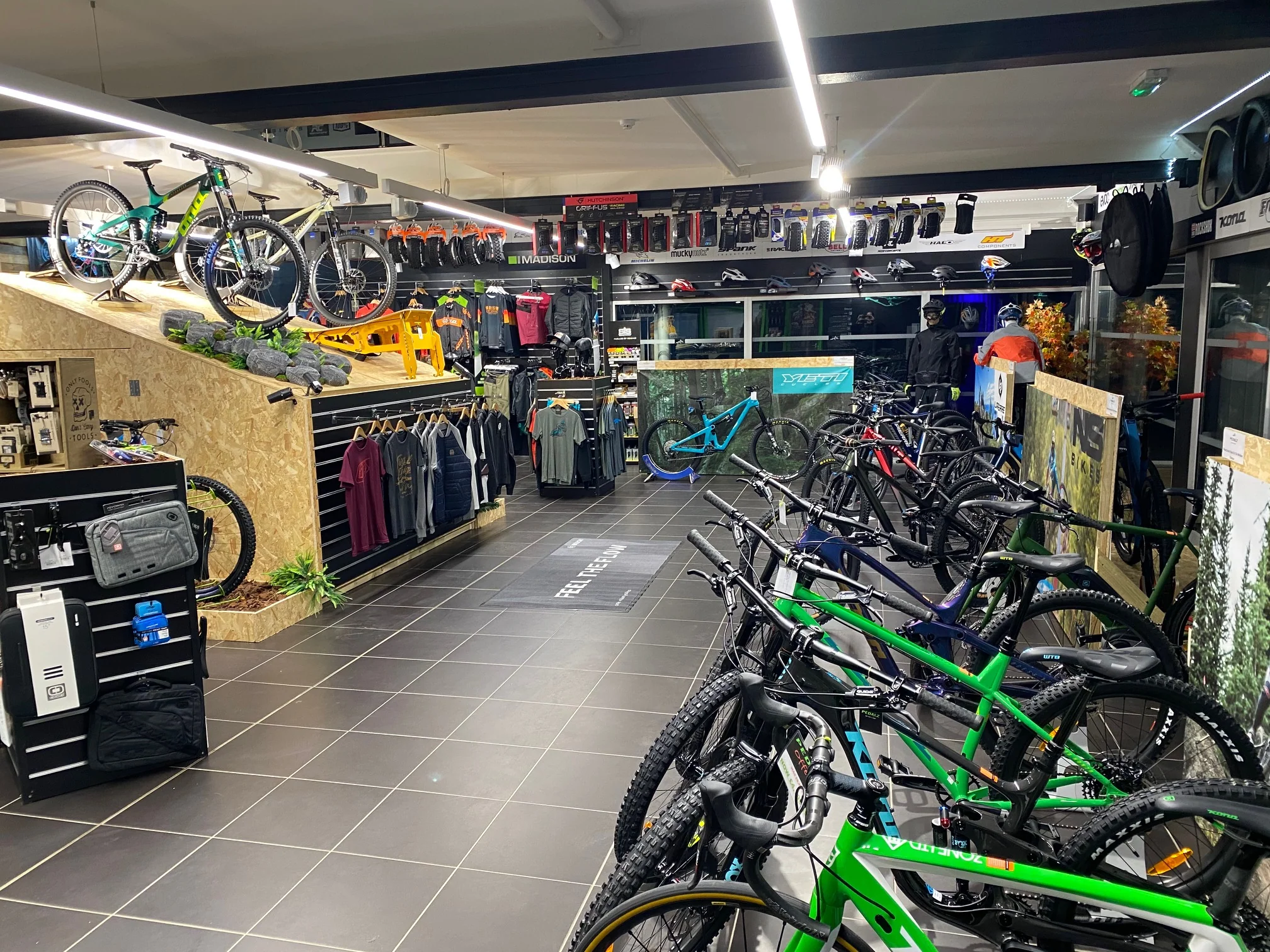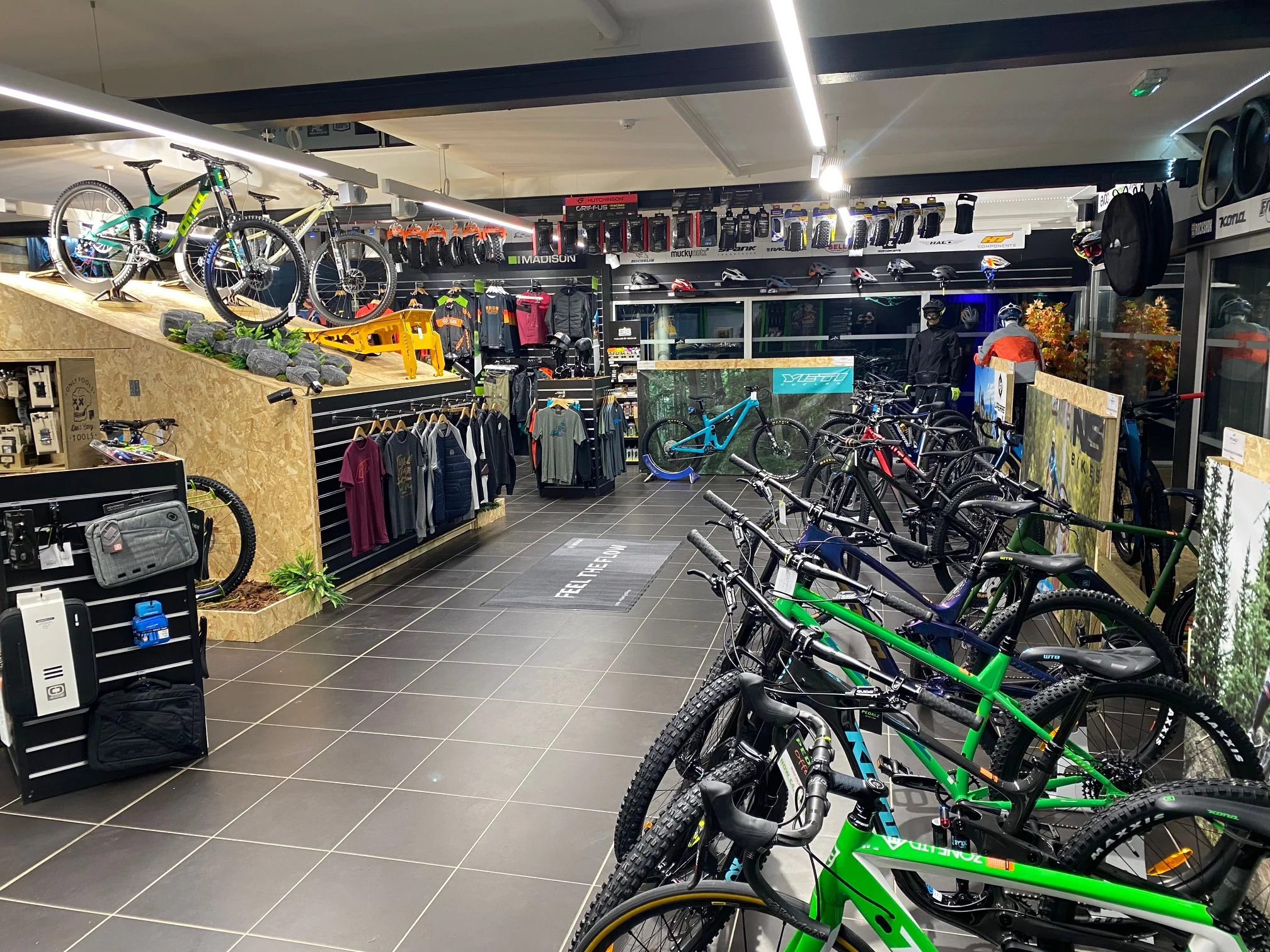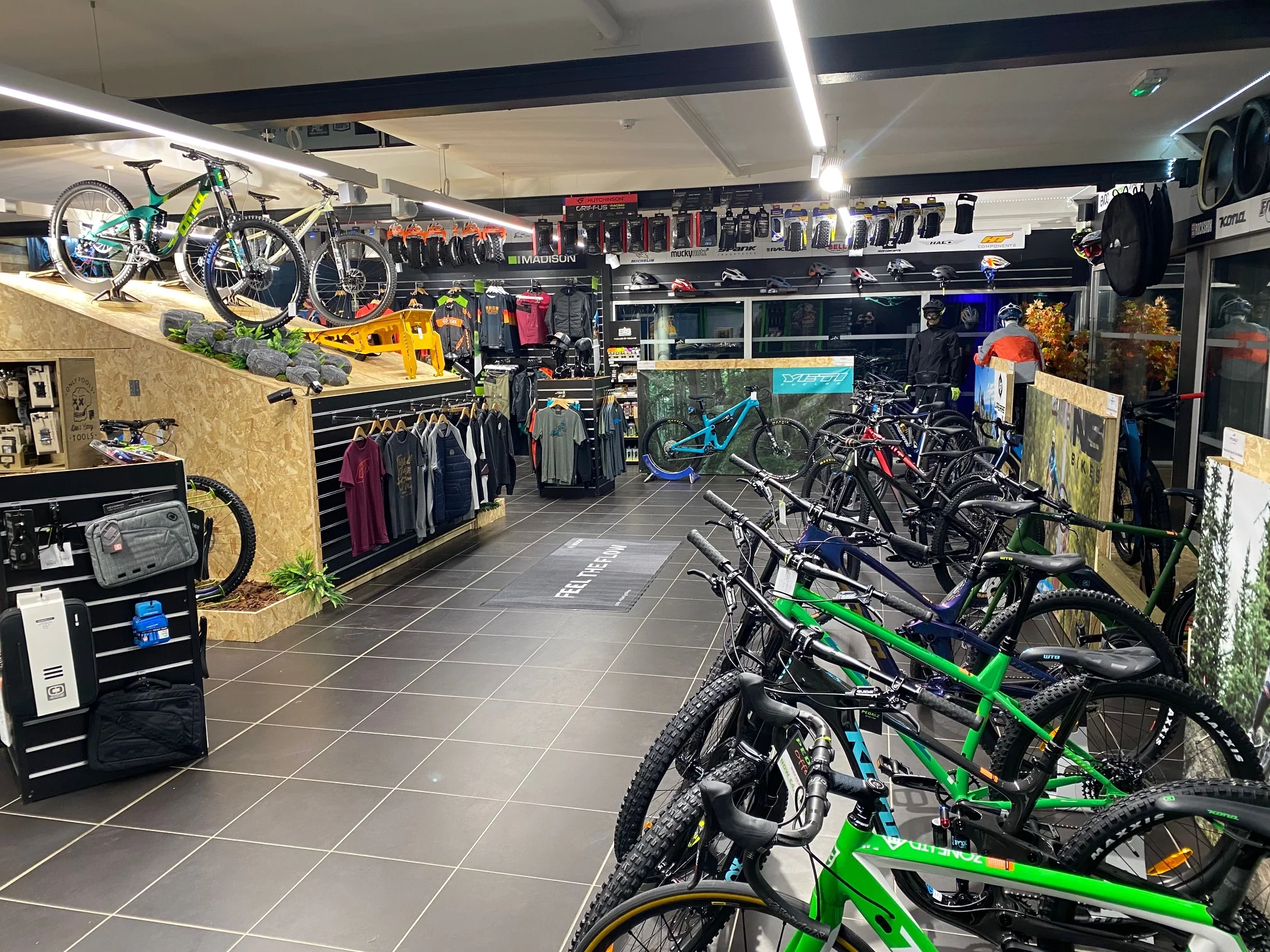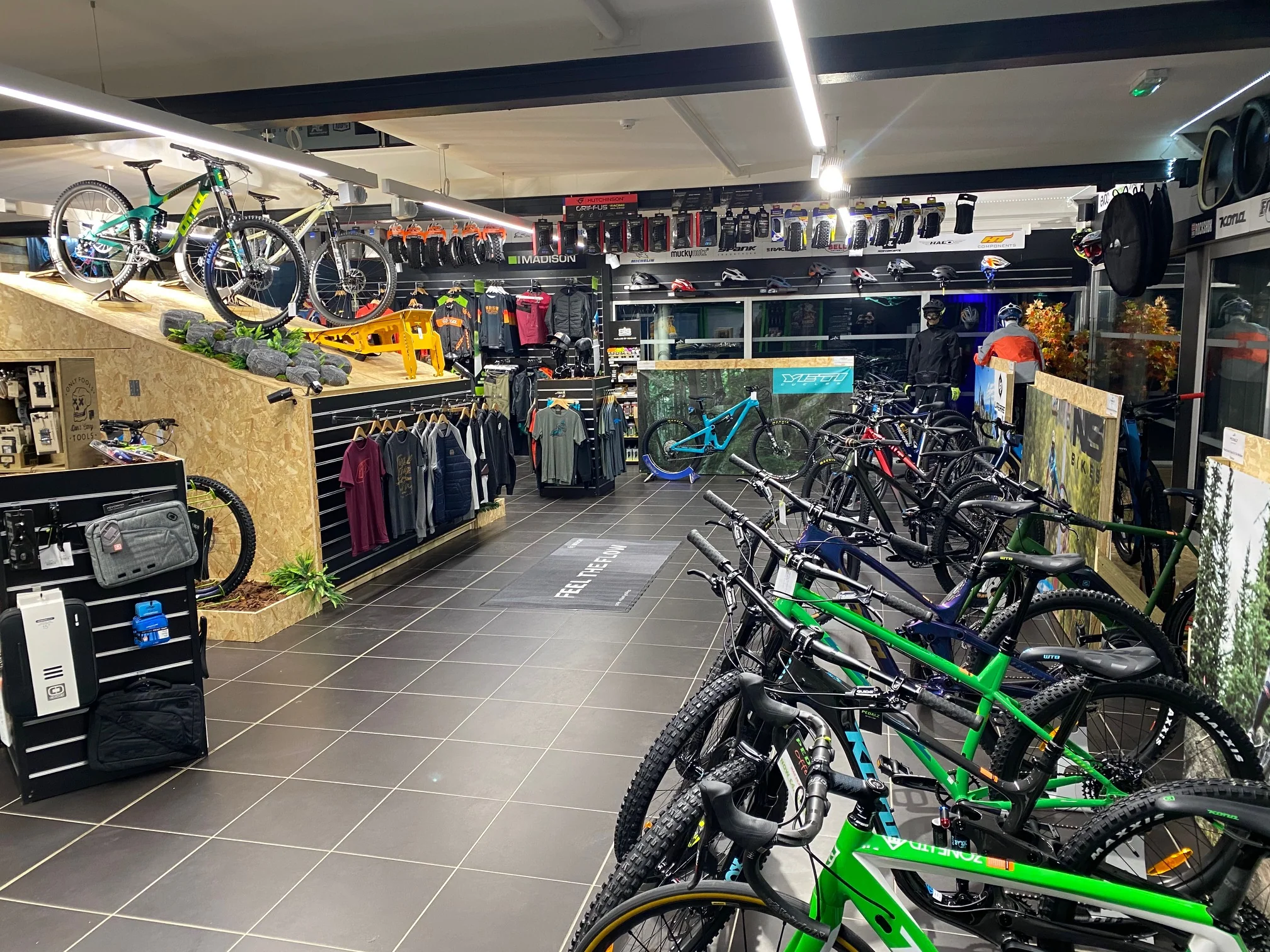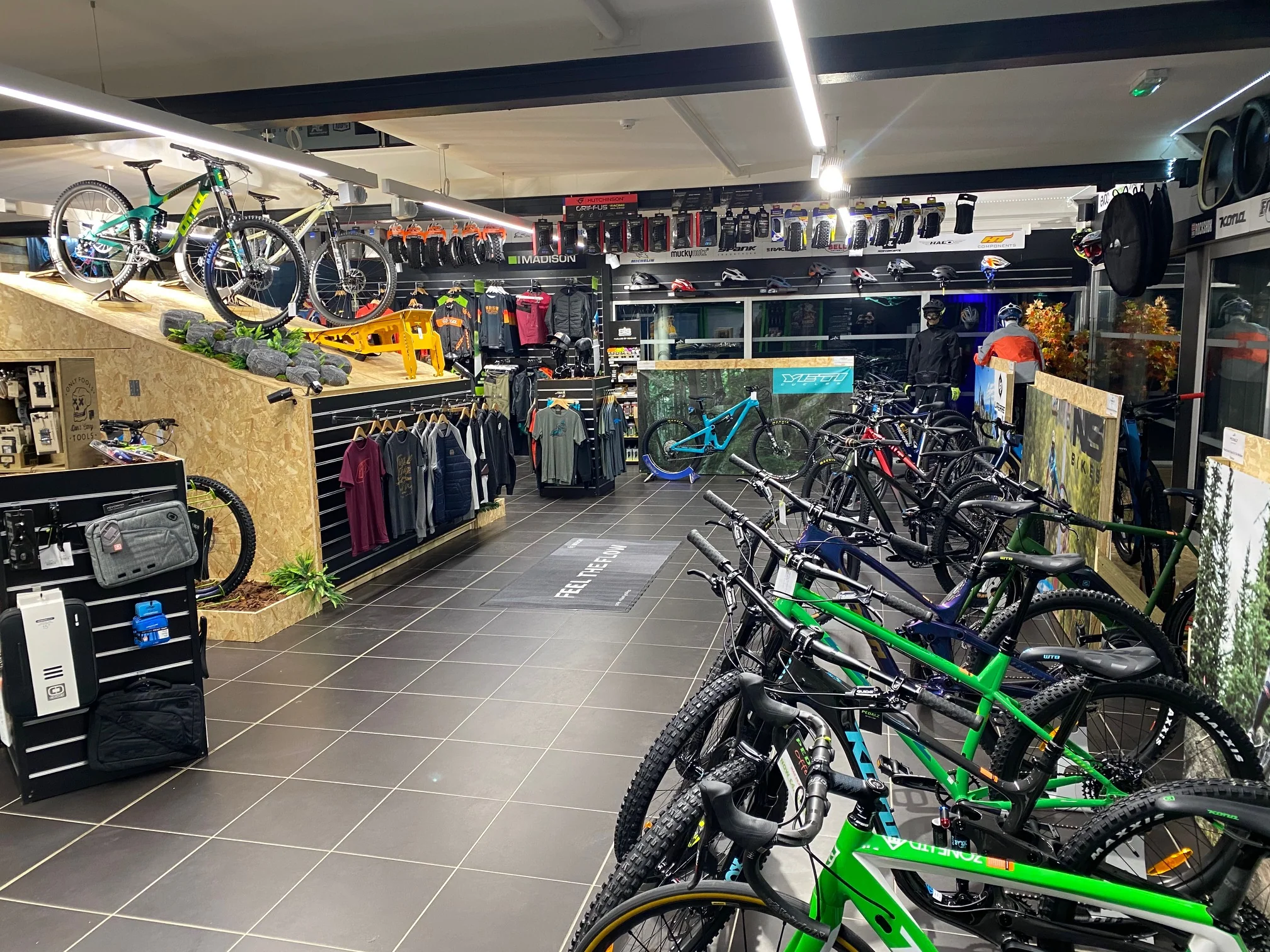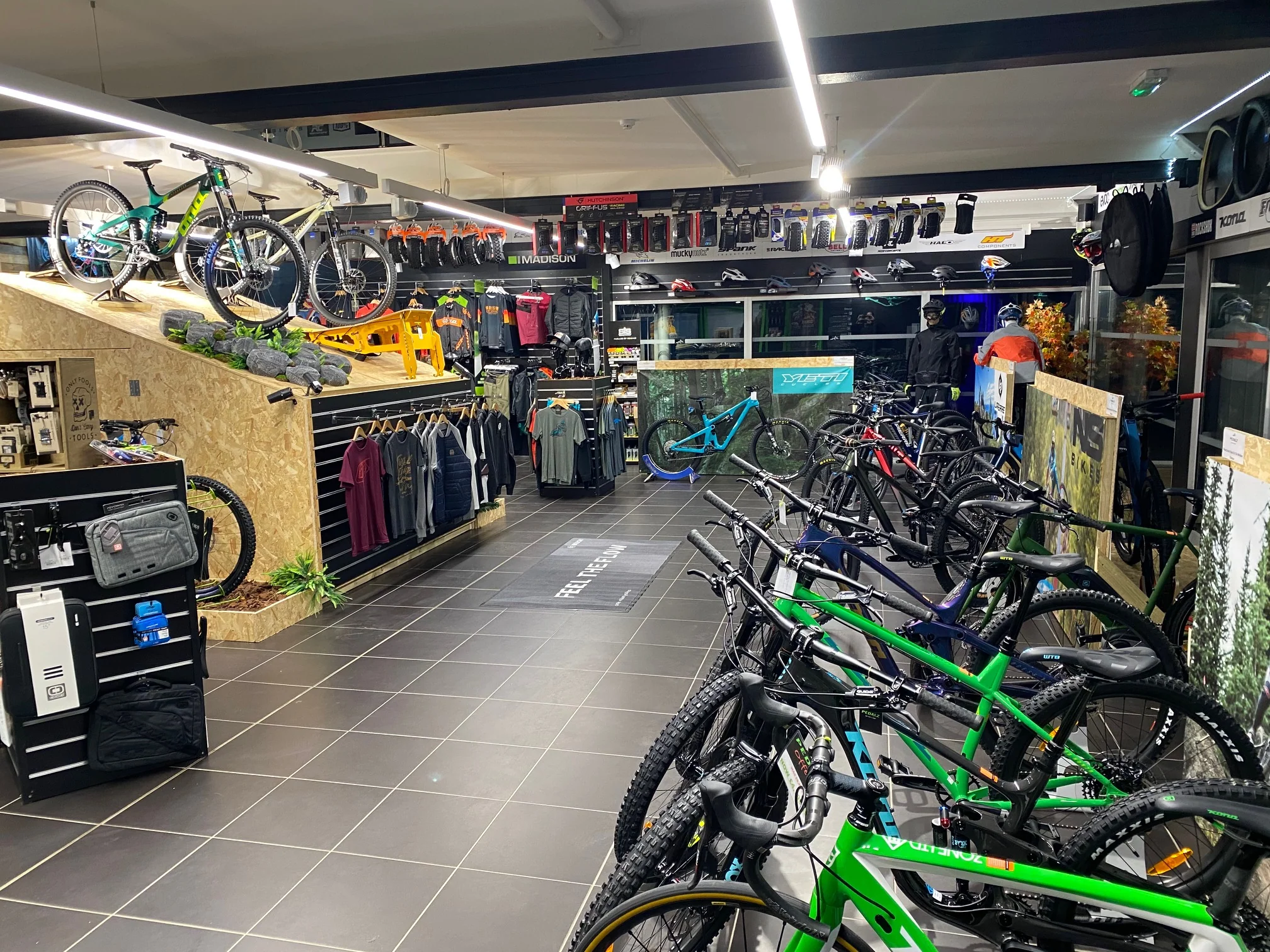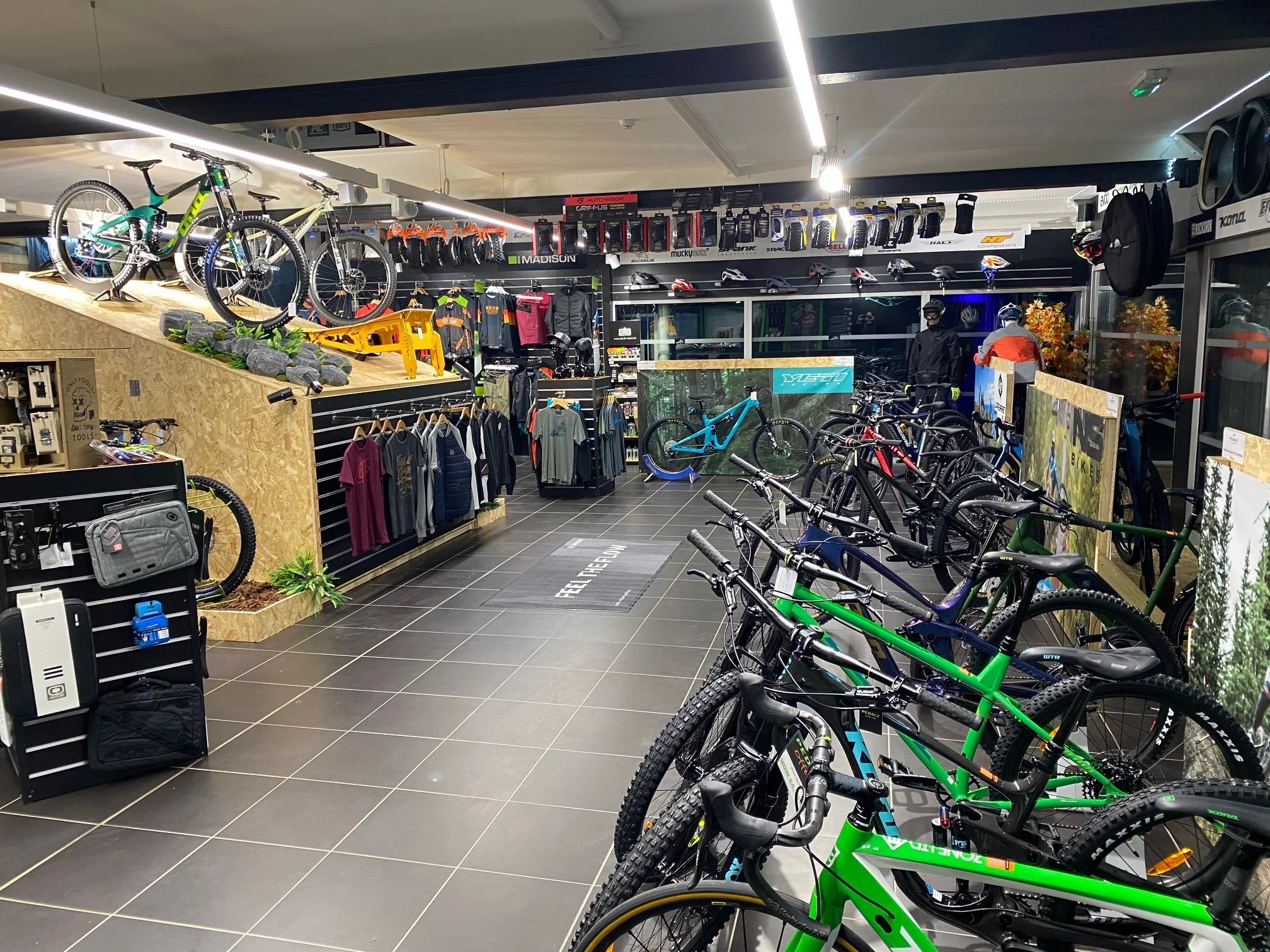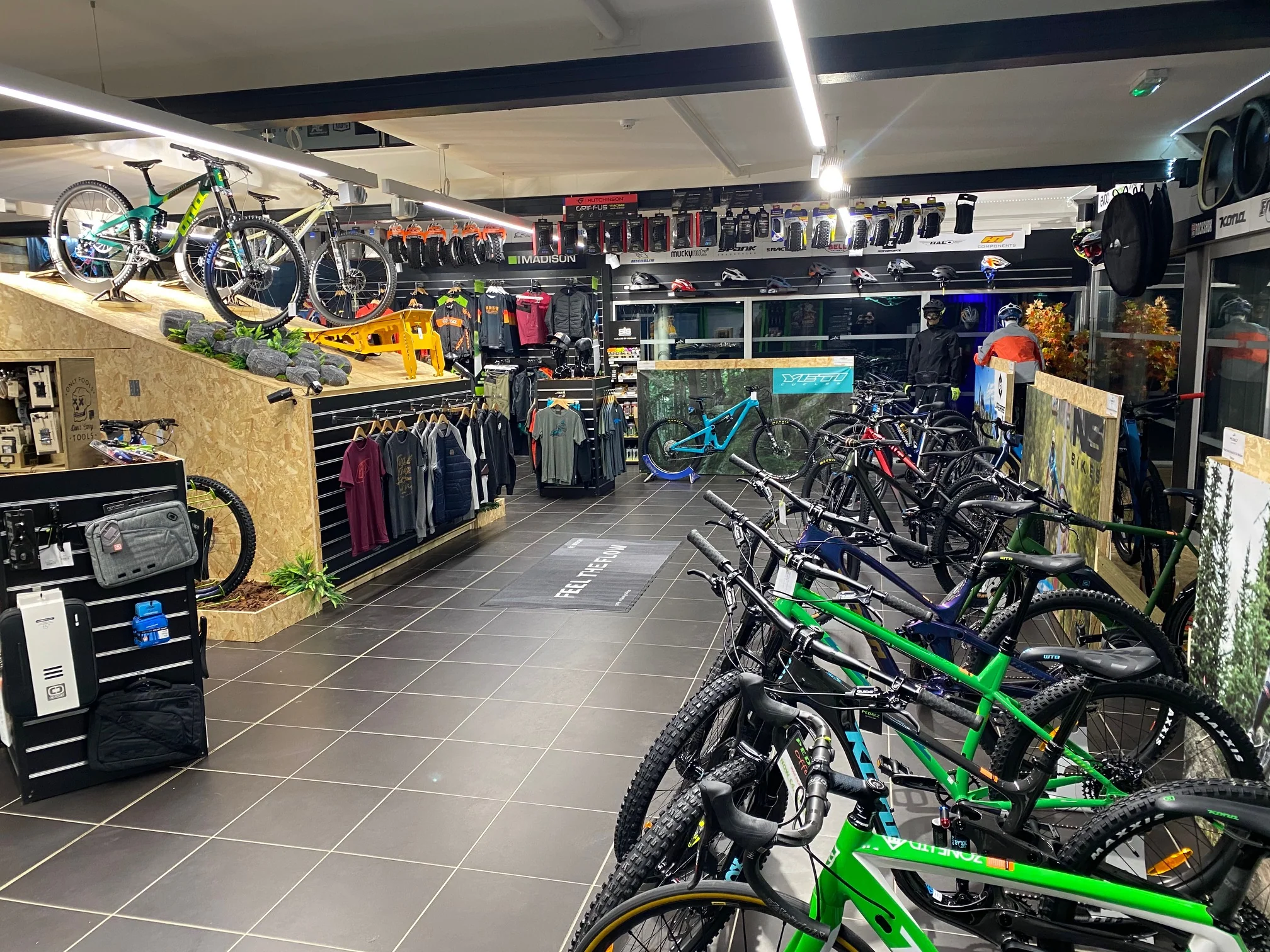Running a bicycle shop involves more than just selling bikes and accessories. From seasonal fluctuations to unexpected disruptions, bicy…
Bicycle Shop Customer Education Insurance: Protecting Your Business and Educating Your Customers
Running a bicycle shop involves more than just selling bikes and accessories – it requires comprehensive insurance coverage and effective customer education to protect both your business and your customers. Whether you operate a small independent bike shop or a larger cycling retail operation, understanding the insurance landscape and educating your customers about protection options is crucial for long-term success.
Understanding Bicycle Shop Insurance Needs
Bicycle shops face unique risks that require specialized insurance coverage. From expensive inventory theft to customer injuries during test rides, the potential liabilities are diverse and significant. Professional bicycle retailers need comprehensive protection that goes beyond basic business insurance.
The primary insurance considerations for bicycle shops include public liability coverage for customer accidents, employers liability for staff protection, stock insurance for valuable inventory, and professional indemnity coverage for advice and services provided. Additionally, cyber insurance has become increasingly important as more bike shops embrace online sales and digital customer management systems.
Public Liability Insurance for Bicycle Shops
Public liability insurance forms the foundation of bicycle shop protection, covering incidents involving customers and members of the public. This coverage is particularly crucial given the hands-on nature of bicycle retail, where customers frequently test ride bikes, handle equipment, and receive mechanical advice.
Common public liability scenarios in bicycle shops include customers injured during test rides, accidents caused by improperly maintained demonstration bikes, injuries from falling merchandise or equipment, and damage to customer property during repairs or servicing. The coverage extends beyond the shop premises to include test rides in nearby areas and mobile repair services.
Customer education plays a vital role in reducing public liability risks. Shop owners should implement clear safety protocols, provide proper safety equipment for test rides, maintain demonstration bikes to high standards, and ensure customers understand the risks associated with cycling activities.
Stock and Inventory Protection
Bicycle shops typically carry high-value inventory that requires specialized insurance coverage. Modern bicycles, particularly electric bikes and high-end racing models, can cost thousands of pounds, making stock protection a critical business consideration.
Stock insurance should cover theft, fire, flood, and accidental damage to inventory. Given the portable nature of bicycles, theft coverage is particularly important, especially for shops with street-facing windows or those located in high-crime areas. The policy should also cover accessories, parts, and workshop equipment.
Seasonal variations in stock levels require flexible coverage that can accommodate peak periods like spring and summer when inventory values typically increase. Many bicycle shops also need coverage for stock held at off-site locations, including storage facilities and trade shows.
Professional Indemnity for Bicycle Retail
Professional indemnity insurance protects bicycle shops against claims arising from advice, recommendations, or services provided to customers. This coverage has become increasingly important as bike shops expand their services beyond simple retail sales.
Professional indemnity scenarios include incorrect sizing advice leading to customer injury, faulty repair work causing accidents, inappropriate bike recommendations for customer needs, and errors in electric bike setup or maintenance. The coverage also extends to advice given about cycling routes, safety equipment, and training recommendations.
Customer education helps minimize professional indemnity risks by ensuring customers understand the limitations of advice provided, the importance of professional fitting services, and the need for regular maintenance and safety checks.
Employers Liability and Staff Protection
Bicycle shops employing staff require employers liability insurance to protect against workplace injury claims. The workshop environment presents various risks, from cuts and injuries from tools and bike components to back injuries from lifting heavy bikes and equipment.
Common workplace risks in bicycle shops include injuries from sharp tools and bike components, back and muscle strains from lifting, cuts from cables and metal parts, and accidents involving workshop equipment. Proper staff training, safety equipment provision, and clear workplace procedures help minimize these risks.
Staff education should cover proper lifting techniques, tool safety procedures, personal protective equipment use, and emergency response protocols. Regular safety training and equipment maintenance reduce both injury risks and insurance claims.
Cyber Insurance for Modern Bicycle Retail
As bicycle shops increasingly embrace digital technologies, cyber insurance has become essential protection. Modern bike shops use point-of-sale systems, customer databases, online booking systems, and e-commerce platforms, all of which present cyber security risks.
Cyber risks for bicycle shops include customer data breaches, payment card fraud, ransomware attacks on business systems, and online reputation damage. The coverage should include data breach response, business interruption from cyber incidents, and liability for compromised customer information.
Customer education about cyber security helps protect both the business and customers. This includes secure payment processing, data protection policies, and guidance on safe online purchasing practices.
Customer Education Strategies
Effective customer education reduces insurance risks while building trust and loyalty. Bicycle shops should implement comprehensive education programs covering safety, maintenance, and proper bike usage.
Safety education should include helmet and protective equipment recommendations, traffic safety guidance, bike handling instruction, and maintenance safety procedures. Many shops offer formal safety courses or partner with local cycling organizations to provide comprehensive education.
Maintenance education helps customers keep their bikes in safe working condition while reducing liability risks for the shop. This includes basic maintenance instruction, safety check procedures, and guidance on when professional service is required.
Legal and Regulatory Considerations
Bicycle shops must comply with various legal requirements that impact insurance needs. Consumer protection laws, product liability regulations, and health and safety requirements all influence coverage requirements.
Product liability considerations include responsibility for defective products, proper product warnings and instructions, and compliance with safety standards. Shops selling electric bikes face additional regulations regarding battery safety, speed limitations, and licensing requirements.
Customer education about legal requirements helps ensure compliance while protecting both parties. This includes guidance on helmet laws, traffic regulations, and electric bike usage restrictions.
Claims Prevention and Risk Management
Proactive risk management significantly reduces insurance claims and premiums. Bicycle shops should implement comprehensive safety procedures, regular equipment maintenance, and ongoing staff training programs.
Risk management strategies include regular safety audits, customer safety briefings, proper equipment maintenance schedules, and clear incident reporting procedures. Documentation of safety procedures and training helps demonstrate due diligence in the event of claims.
Customer feedback systems help identify potential risks before they result in incidents. Regular customer surveys, safety suggestion programs, and incident analysis contribute to ongoing risk reduction.
Insurance Policy Selection and Management
Choosing appropriate insurance coverage requires careful consideration of business-specific risks and coverage needs. Bicycle shops should work with insurance providers experienced in retail and cycling industry risks.
Policy selection considerations include coverage limits appropriate to business size, deductible levels that balance cost and risk, policy terms that accommodate seasonal variations, and coverage for emerging risks like cyber threats.
Regular policy reviews ensure coverage remains appropriate as the business evolves. Changes in inventory levels, service offerings, or business locations may require coverage adjustments.
Cost Considerations and Budgeting
Insurance costs for bicycle shops vary significantly based on location, business size, coverage levels, and claims history. Understanding cost factors helps businesses budget appropriately while maintaining adequate protection.
Cost factors include business location and crime rates, inventory values and security measures, staff numbers and training levels, and claims history and risk management practices. Shops in high-crime areas or those carrying expensive inventory typically face higher premiums.
Cost management strategies include implementing security measures, maintaining good claims history, bundling coverage types, and working with specialized insurance providers who understand cycling industry risks.
Emerging Trends and Future Considerations
The bicycle retail industry continues to evolve, with new technologies and changing customer expectations creating new insurance considerations. Electric bikes, smart cycling technology, and changing mobility patterns all impact insurance needs.
Electric bike growth presents new risks and opportunities, including battery safety concerns, higher theft risks due to increased values, and regulatory compliance requirements. Shops specializing in electric bikes may need enhanced coverage for these specific risks.
Technology integration in bicycle retail, including smart fitting systems, advanced diagnostic equipment, and connected bike technologies, creates new professional indemnity and cyber security considerations.
Building Customer Relationships Through Education
Customer education serves dual purposes of risk reduction and relationship building. Well-educated customers are safer, more satisfied, and more likely to return for future purchases and services.
Educational programs can include safety workshops, maintenance clinics, group rides with safety focus, and partnerships with local cycling organizations. These programs demonstrate expertise while building community connections.
Long-term customer relationships built through education create business stability while reducing insurance risks through improved customer knowledge and safety practices.
Conclusion
Bicycle shop customer education insurance represents a comprehensive approach to protecting cycling retail businesses while building strong customer relationships. By combining appropriate insurance coverage with effective customer education programs, bicycle shops can minimize risks while maximizing business success.
The key to success lies in understanding the unique risks facing bicycle retail operations, implementing appropriate insurance coverage, and developing comprehensive customer education programs that promote safety and proper bike usage. This integrated approach protects both business interests and customer welfare while building the foundation for long-term success in the cycling retail industry.
Regular review and updating of both insurance coverage and education programs ensures continued protection as the business and industry evolve. Working with insurance providers who understand cycling industry risks and maintaining ongoing customer education efforts creates a robust foundation for business protection and growth.


 0330 127 2333
0330 127 2333
